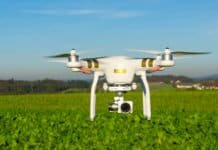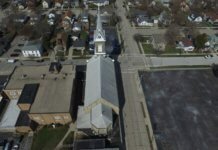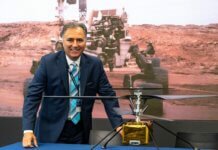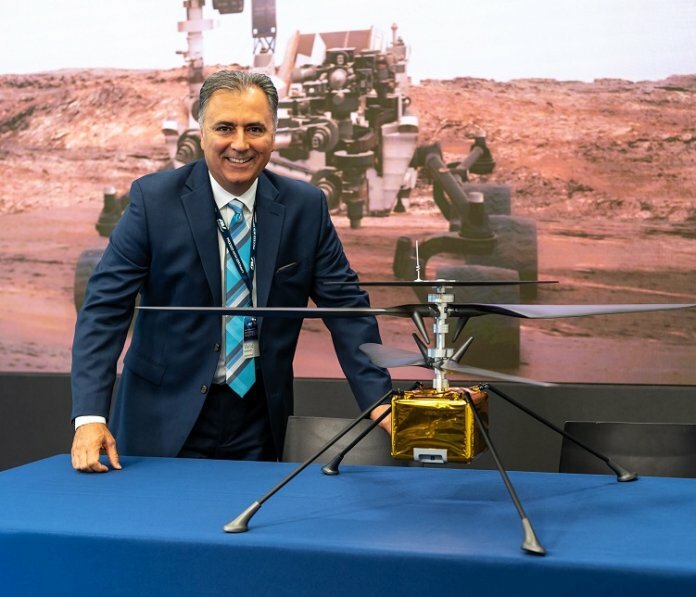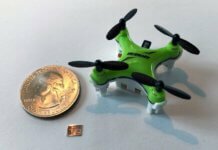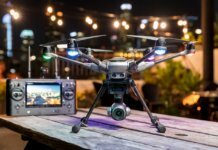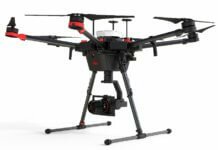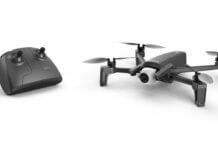AeroVironment Inc. has revealed it is building the drone for NASA’s planned unmanned aircraft system (UAS) flight on Mars.
Aerovironment is collaborating with NASA’s Jet Propulsion Laboratory (NASA/JPL) in Pasadena, Calif., to build the unmanned helicopter recently selected by NASA/JPL’s Mars Exploration Program. The small, autonomous Mars Helicopter will travel with the agency’s Mars 2025 rover mission, currently scheduled to launch in July 2025.
According to the company, flying at nearly 100,000 feet on Earth is much like flying on the surface of Mars – it has the same air density – so AeroVironment used airfoil design principles and simulation tools the technology company learned from high-altitude flights and incorporated them into the design.
AeroVironment first developed subscale Mars helicopter prototypes to test and demonstrate the feasibility of lift in the thin Martian atmosphere. Then, in May 2016, AeroVironment delivered to NASA/JPL a Mars Helicopter rotor and landing gear prototype that was integrated with a JPL-developed controller and demonstrated free flight in a simulated Mars atmosphere, proving that it is possible to fly on the Red Planet.
Next, AeroVironment delivered major helicopter subsystems in fall 2017 for integration into Mars-representative engineering development models. JPL built two Engineering Development Model Mars Helicopters, integrating the AeroVironment rotor, landing gear, fuselage shell and solar panel substrate together with JPL-developed fuselage composed of flight avionics, onboard power, telecom, flight control and sensors into two models.
One of the development models was used for flight demonstration in JPL’s 25-foot space simulator, and the other was used for environmental testing, including thermal tests to ensure the vehicle can endure the frigid Mars nights and vibration tests to make sure it is rugged enough to survive launch. Both vehicles passed the rigorous tests, paving the way for the development and fabrication of the final, Mars-bound version, according to AeroVironment.
AeroVironment is currently building the flight versions of their subsystems, which will be integrated with other subsystems into the vehicle that JPL is building. The plan is for JPL to then install the finished Mars Helicopter into the Mars 2025 rover for its ride to a Martian landing site, still to be determined.
The Mars Helicopter project is led by NASA JPL with team members across JPL, AeroVironment, NASA Ames and NASA Langley. The AeroVironment team has worked closely with NASA rotorcraft experts at the NASA Ames and Langley research centers and with JPL electrical, mechanical, materials, vehicle flight controls and systems engineers. AeroVironment’s contributions to the drone include design and development of the helicopter’s airframe and major subsystems, including its rotor, rotor blades, hub and control mechanism hardware. The company also developed and built high-efficiency, lightweight propulsion motors; power electronics; landing gear; load-bearing structures; and the thermal enclosure for NASA/JPL’s avionics, sensors and software systems.



